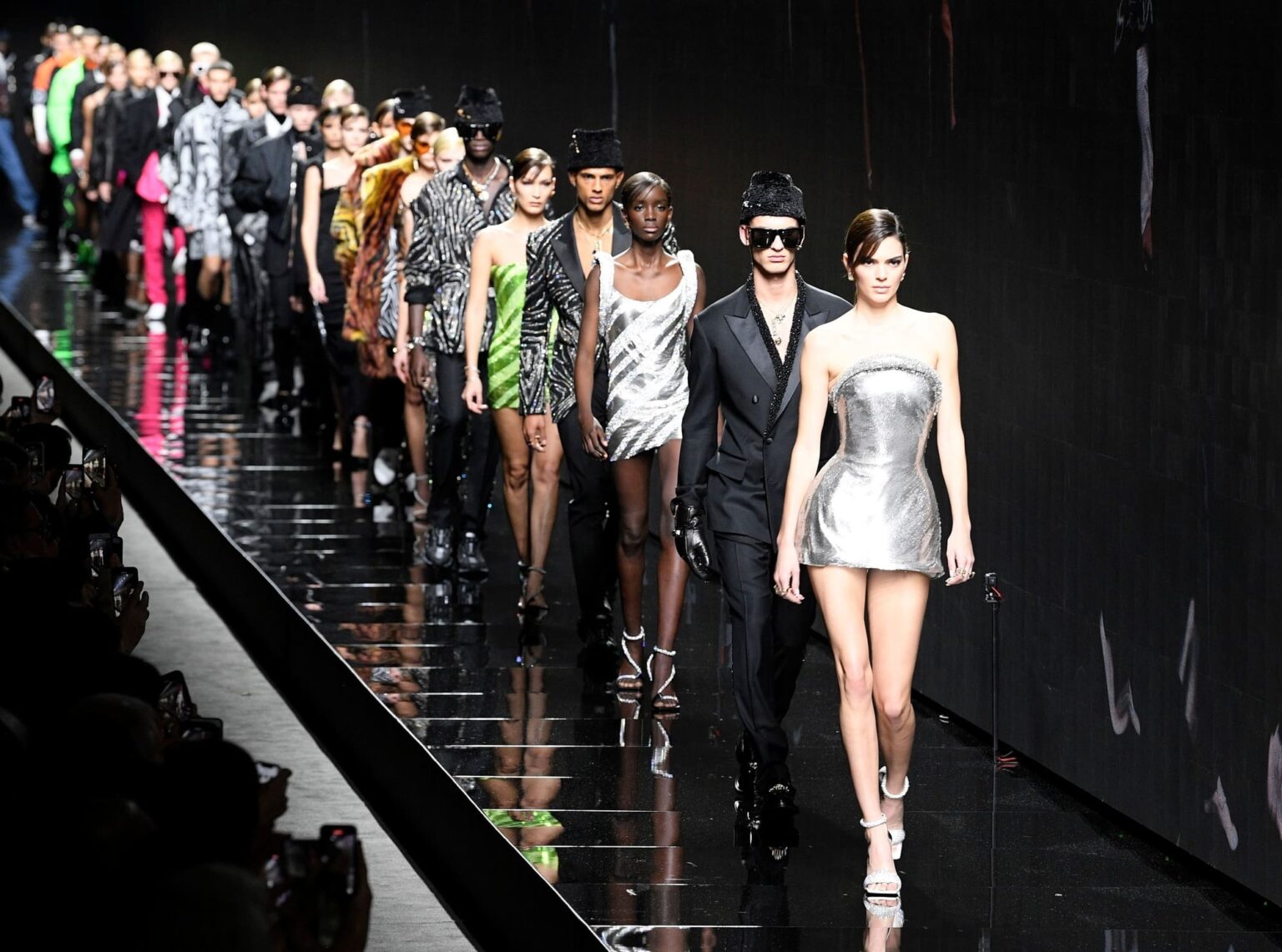
Is fast fashion toxic for the industry? Why the trend needs to end
Fast fashion is a trendy, throwaway method of selling clothes pioneered by companies like H&M & Zara. The low-cost clothing collections are based on the current, high-cost luxury fashion trends that are churned out every few days. Fast fashion is extremely light on pockets and easily accessible.
However, the ethics of the fast fashion industry have been called into question many times, and unlike many fashion trends, the conversation surrounding the toxicity of fast fashion seems to never go out of style.

Dark side of fast fashion
The world of fast fashion is extremely trend-driven where customer preferences change overnight. Trends run their course with lightning speed, with today’s freshest styles quickly trumping yesterday’s, which have already been dismissed as scraps.
This cultural force is to blame for companies pushing a high volume of products every week to keep up with the volatility of ever-changing fashion trends. These clothes often reference major designers’ or celebrities’ collections and are available for a fraction of the price of the original.
That said, cheap pricing & large volume doesn’t always go hand in hand, especially when it comes to fashion. The throwaway fads’ low cost generally points to some form of exploitation or swindling along the supply chain.

In a report run by The Guardian, Boohoo, an online fast fashion retailer, recently came under fire for allegedly paying its workers less than minimum wage and not following COVID-19 guidelines at its Leicester garment factory. According to the outlet, Boohoo’s factory conditions were “totally unacceptable and fall woefully short of any standards acceptable in any workplace”.

Price of fast fashion
Fast fashion may be cheap, but the diminished price tag comes at a high cost. Underneath the low prices lies the brand’s incessant need for cheap labor, which these companies usually get from developing countries.
The fast fashion industries’ consistent demand for cheap labor and high margins are building blocks for disasters that mainly target poor nations where labor laws are deficient and often continue to go unenforced.
According to Good On You, most fast fashion companies opt for offshore manufacturing where labor is the cheapest, with the use of workers on low wages without adequate rights or safety, as well as complex supply chains with poor visibility beyond the first tier and of subcontracting.

Your trendy apparel is killing you
Chances are, the new dress you bought last month is already on its way to a used-clothes store or a junkyard. Fast fashion brands’ clothes are notorious for looking faded & dated after just a few washes because of their often low-quality production.
But low-quality materials aren’t the only sketchy component used in the production of these trendy outfits. The expediency in fast fashion often trumps concern for the environment or workers’ health. Fast fashion companies are known for using synthetic dyes & carcinogenic chemicals in production like formaldehyde which can’t be scrubbed off with detergent or water.
Recently, The Pretty Little Thing, a UK brand owned by Boohoo, was involved in a scandal for its alleged use of AZO dyes that can cause birth defects, reproductive health issues, and cancer. The use of potentially harmful chemicals isn’t just problematic for the environment & workers, but also for the consumer.

Fast fashion is hurting the planet
With frequent new launches, fast fashion companies change our perception of the lifespan of the garments we buy, making it a faux pas to repeat an outfit after a handful of wears.
The proliferation of cheap clothing has made trendy clothes a form of a continually available source of contemporary practice – one where the point isn’t investing in a good pair of jeans so much as it’s the act of foolhardy purchasing pieces that aren’t built for longevity.
The utter wastefulness lies at the core of these fast fashion clothing brands, and people’s closet full of overflowing and underutilized clothes pose serious environmental consequences. Pre-owned clothing stores receive more clothes than they can handle, and junkyards are overstuffed with clothing items that don’t disintegrate easily.

According to Power Over Energy, clothing & textiles production releases 1.2 billion tons of greenhouse gases every year – that’s more than the combined emissions for all international flights & shipping. The carbon footprint of fast fashion is particularly interesting considering a Janus-faced culture that’s apparently against the deterioration of the environment while seemingly eager to consume more.
—
Fast fashion is an unsustainable trend that is only contributing to the amount of wardrobe waste in the average person’s life. So, who’s up for a new fashion challenge? No cheap, disposable clothing for a year? Let us know in the comments what you think of fast fashion.







